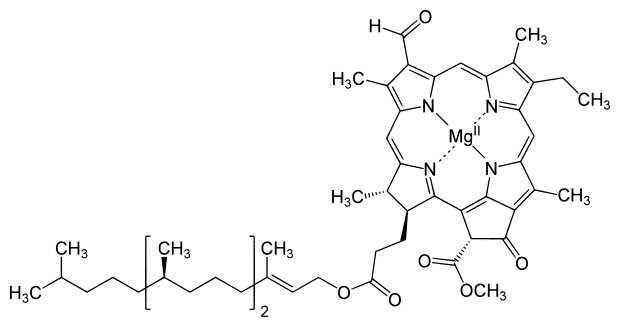Most of us learn about the process of photosynthesis, and how plants convert sunlight into chemical energy in elementary school. Our textbooks covered the basics, but it’s actually incredibly complex, and by examining it more deeply, researchers have discovered a new type of chlorophyll molecule.
The new molecule, chlorophyll K, is stepping outside of the lives of plants and into the lives of solar technology developers.
Scientists believe that it could hold the key to the continued evolution of solar energy and lead to big improvements in energy output.
Harnessing Infrared Light
Visible sunlight plays an integral role in our ability to function in day to day life – but that’s not the only energy coming from the sun. There’s more than meets the eye!
Us humans can only see about half of the spectrum of light that the sun produces. The infrared and far-red light of the sun’s light spectrum boasts big energy potential!
When studying the function that the newly discovered chlorophyll molecule plays in photosynthesis, scientists found that it primarily hones in on the infrared and far-red spectrum of light.
It was discovered in the cyanobacteria that makes up the Stromatolites off the bay of Australia.
These photosynthesizing bacteria evolved in a way that allowed them to make the most out of the non-visible light spectrum due to the dark and sediment-filled waters.
Why it’s Important
Photovoltaic panel developers have long since been searching for ways to increase the ability to work with sunlight on the infrared spectrum.
By finding ways to do this, the amount of energy that can be harnessed by solar panels could go up in a big way.
The increased efficiency and functionality that would come with panels capable of doing this would not only make solar energy more accessible – but would also increase the savings of solar panel owners by a long shot.
By studying the mechanisms within this new infrared and far-red spectrum preferring chlorophyll, researchers can begin to attempt integrating that same functionality within their panels.
After all, what better way to learn about how to best work with solar energy than from the plant molecules that have been pros at it since the dawn of time?
Taking it Beyond Learning
Some scientists speculate that developers will be able to do more than learn from the functionality of chlorophyll k and that they’ll actually be able to use it directly within their panels.
One researcher, Shuguang Zhang of the Massachusetts Institute of Technology, has already found success utilizing proteins in solar cells derived from spinach leaves.
With that in mind, integrating this new molecular find doesn’t seem like such a stretch. Before you know it, you could be reaping the benefits of this new find for yourself!
When you work with Lumina, you can trust that your equipment is top of the line. Quality is our main priority both in the products we install and in the services that we provide.
Living in Maryland and ready to learn more?
Don’t miss our FAQs guide!





